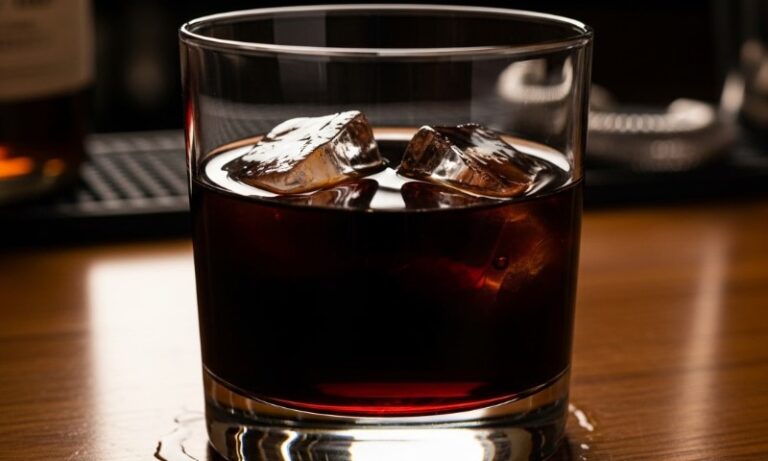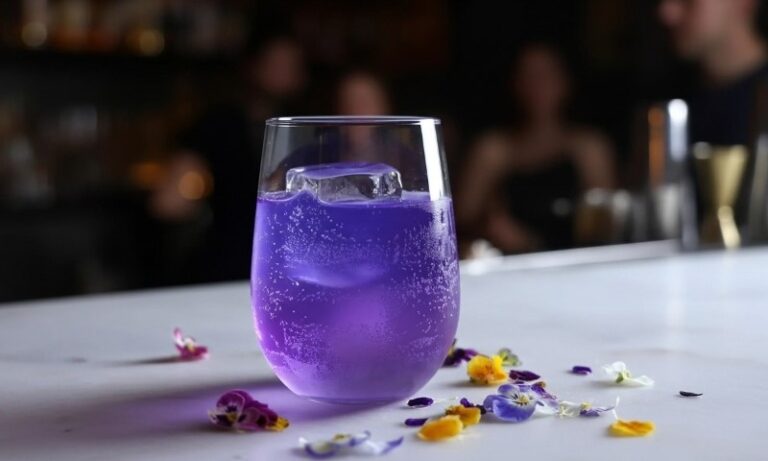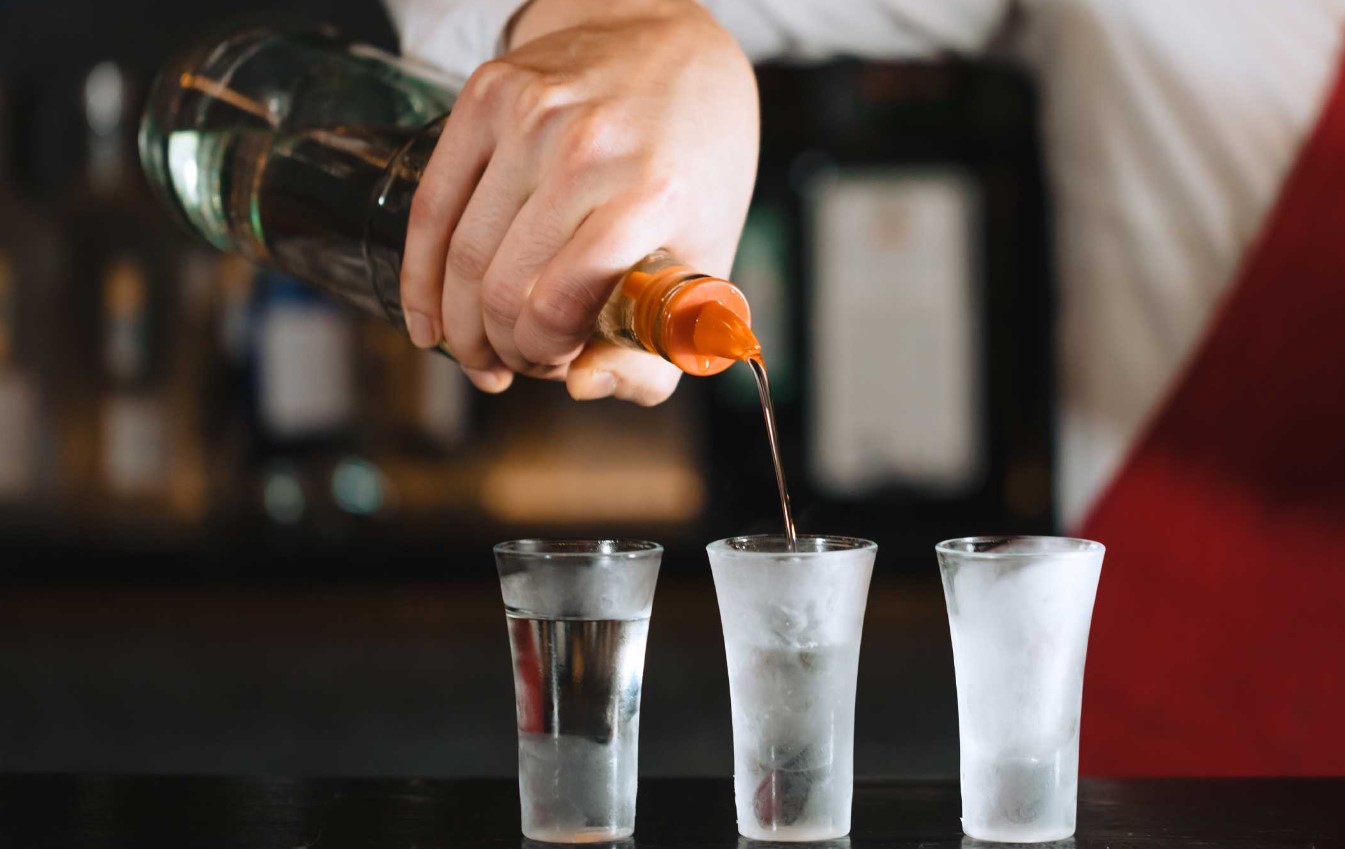The amber glow of whiskey in a glass carries stories of celebrations, quiet nights, and timeless traditions. For some, it is the warmth after a long day; for others, it is a drink that sparks curiosity.
Among the most common questions asked by whiskey enthusiasts, both new and experienced, is: “How much does it take to feel the effects?” The answer is not as straightforward as counting glasses—it is shaped by individual factors and the nature of the drink itself.
Let’s explore the journey of whiskey, from the first sip to the moment when its effects begin to take hold, unraveling what truly determines how much it takes to get drunk.
Table of Contents
ToggleHow Many Shots of Whiskey To Get Drunk?
For most men, consuming 4–5 standard shots of whiskey (1.5 ounces per shot, 40% ABV) typically leads to intoxication, with noticeable effects such as impaired judgment and coordination.
For women, it generally takes 3–4 standard shots to reach the same level of intoxication. These estimates assume consumption within an hour and are influenced by factors such as body weight, metabolism, and whether food was consumed beforehand.

For Men
- 160 pounds: 4 shots result in noticeable intoxication.
- 200 pounds: 4–5 shots lead to significant impairment.
For Women
- 120 pounds: 3 shots often cause noticeable intoxication.
- 160 pounds: 3–4 shots result in significant impairment.
Also, check out how many shots are in a pint.
Factors That Influence Whiskey Effects
Whiskey affects everyone differently due to a combination of biological and external factors. These variables determine how quickly a person feels intoxicated and the intensity of its effects. Below are the most significant influences broken into key sections for clarity.
Biological Factors

1. Body Weight and Composition
Heavier individuals typically feel the effects more slowly due to alcohol being diluted in a larger volume of water in the body.
Individuals with higher muscle mass may process alcohol more evenly than those with higher body fat.
2. Biological Sex
Women generally experience higher blood alcohol levels than men after consuming the same amount. This is due to lower body water content and hormonal differences affecting alcohol metabolism.
3. Metabolism
A fast metabolism can process alcohol more quickly, delaying the onset of intoxication. Conversely, a slower metabolism prolongs alcohol’s effects.
External Factors

1. Food Intake
Drinking on an empty stomach causes alcohol to absorb faster into the bloodstream, amplifying its effects. Eating beforehand slows this process, giving the liver more time to metabolize the alcohol.
2. Drinking Speed
Consuming multiple shots in quick succession raises blood alcohol levels much faster than pacing drinks over time.
3. Stress and Fatigue
High stress or fatigue can make a person feel the effects of whiskey more intensely, as the body has less energy to metabolize alcohol efficiently.
Unique Personal Differences
1. Alcohol Tolerance
Regular drinkers often develop a higher tolerance, requiring more whiskey to feel intoxicated. However, tolerance does not mean the body processes alcohol any faster—it just masks the noticeable effects.
2. Genetic Factors
Genetics influence how enzymes in the liver break down alcohol. Some people metabolize it more efficiently, while others may experience faster or more intense effects.
How Whiskey Types Impact Intoxication
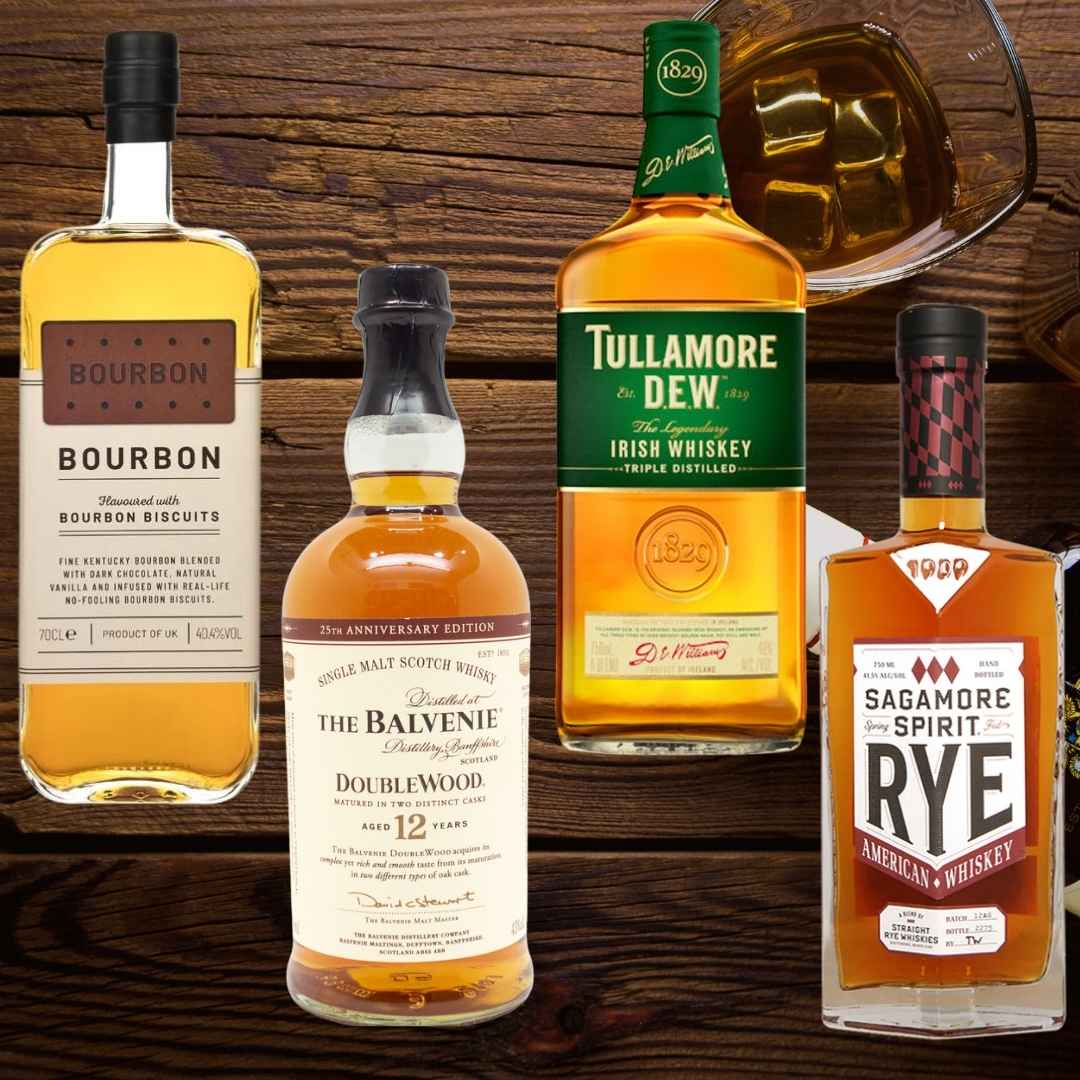
Not all whiskey is created equal, and the type you choose can significantly influence how quickly you feel its effects. The alcohol by volume (ABV), flavor profile, and congeners (byproducts of fermentation) all play a role in shaping the drinking experience.
Bourbon
Bourbon isn’t just about proof—it’s about character. A high-end, well-crafted bourbon often goes down smoother, which can trick you into drinking faster without realizing how much alcohol you’ve taken in.
That’s why people sometimes get drunk quicker on “good” bourbon than they expect. If you’re curious how different bourbons stack up flavor-wise and strength-wise, you can check out a curated list of standout bottles here.
- Typically ranges from 40–50% ABV, with some cask-strength options exceeding 60%.
- Higher alcohol content means intoxication occurs faster with fewer shots.
Scotch
- Usually between 40–46% ABV, though some single malts are bottled at cask strength.
- The smoothness of Scotch can mask its potency, leading to quicker overconsumption.
Irish Whiskey
- Known for being milder, with ABV around 40%.
- Triple distillation makes it smoother, but the effects are still comparable to other whiskeys.
Rye Whiskey
- Spicier flavor with 40–50% ABV.
- Its robust taste may slow down consumption, but the higher alcohol content has a strong effect.
What Defines Getting Drunk
Intoxication happens when alcohol enters your bloodstream faster than your body can process it. The effects vary depending on your blood alcohol concentration (BAC), which measures the percentage of alcohol in your blood.
1. Mild Effects (BAC: 0.02–0.05%)
- Light relaxation
- Slight mood elevation
- Reduced inhibitions
2. Moderate Intoxication (BAC: 0.06–0.15%)
- Impaired coordination and judgment
- Slurred speech
- Noticeable difficulty in concentration
3. Severe Intoxication (BAC: 0.16% and Above)
- Loss of motor control
- Nausea or vomiting
- Risk of blackouts
Drinking on an Empty vs. Full Stomach
What you eat—or do not eat—before drinking whiskey can significantly impact how quickly you feel its effects. Alcohol is absorbed directly into the bloodstream through the stomach and small intestine, meaning the state of your stomach plays a big role in the process.
Empty Stomach
- Drinking on an empty stomach causes alcohol to absorb rapidly, leading to faster and more intense intoxication.
- Without food to slow the process, alcohol quickly reaches the bloodstream, causing BAC to spike.
Full Stomach
- Eating before drinking slows the absorption of alcohol. Foods high in protein and fats are particularly effective in creating a “buffer.”
- A full stomach ensures alcohol is absorbed more gradually, reducing its immediate effects.
Tolerance and Drinking Habits
Tolerance refers to how accustomed your body is to alcohol. Regular drinkers often require more whiskey to feel intoxicated, but this does not mean they process alcohol faster—it simply means the noticeable effects are less pronounced.
- Frequency: Drinking regularly increases your body’s ability to mask the outward signs of intoxication.
- Duration: Long-term drinkers may develop physiological tolerance, but they still experience the same BAC levels as others.
- Personal Differences: Genetics and overall health also influence tolerance levels.
Signs of Alcohol Overconsumption
Recognizing when you have had too much whiskey is critical for avoiding dangerous consequences. Common signs include:
- Loss of Coordination: Difficulty walking or performing simple tasks.
- Slurred Speech: Trouble forming coherent sentences.
- Nausea and Vomiting: The body’s way of expelling excess alcohol.
- Confusion: Difficulty thinking clearly or making decisions.
Risks of Drinking Too Much Whiskey
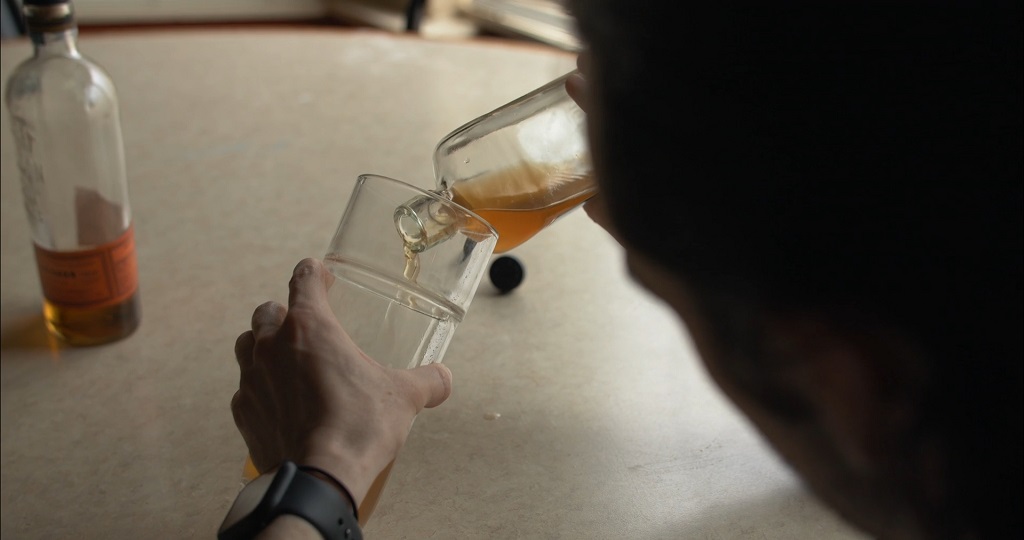
Excessive whiskey consumption can lead to serious short- and long-term health risks.
Short-Term Risks
- Alcohol Poisoning: Dangerous accumulation of alcohol in the body, potentially life-threatening.
- Injuries and Accidents: Impaired coordination increases the risk of falls or vehicle-related accidents.
- Blackouts: Memory loss caused by high alcohol levels affecting brain function.
Long-Term Risks
- Liver Damage: Chronic drinking can lead to conditions like cirrhosis or liver failure.
- Heart Disease: Increased risk of hypertension and other cardiovascular issues.
- Mental Health Problems: Depression and anxiety are often linked to heavy drinking habits.
Tips for Staying Within Safe Limits
- Know Your Limits: Be aware of how much whiskey your body can handle without negative effects.
- Pace Yourself: Sip whiskey slowly and take breaks between drinks.
- Stay Hydrated: Drink water alongside whiskey to reduce the intensity of intoxication.
- Avoid Binge Drinking: Space your drinks over time to prevent dangerously high BAC levels.
When to Seek Help for Alcohol Poisoning?

Alcohol poisoning is a medical emergency. Signs include:
- Unconsciousness or inability to wake up.
- Slow or irregular breathing.
- Seizures.
- Pale or blue-tinged skin.
FAQs
Can Mixing Whiskey with Other Drinks Alter Its Effects?
Mixing whiskey with sugary mixers or carbonated beverages speeds up alcohol absorption, intensifying its effects. Combining whiskey with other alcoholic drinks raises the risk of quick intoxication.
Does the Glass You Drink Whiskey From Make a Difference?
Glass choice can impact the whiskey experience. Glencairn or tulip-shaped glasses enhance aromas and flavors, while tumblers are more common for mixed drinks.
How Long Does Whiskey Stay in Your System?
Whiskey can remain in your bloodstream for 12–24 hours, depending on the amount consumed. It is detectable in breath tests for up to 24 hours and urine tests for 48 hours or longer.
Can Drinking Whiskey Dehydrate You?
Whiskey acts as a diuretic, increasing urine production and causing dehydration. Drinking water alongside whiskey helps prevent symptoms like headaches and fatigue.
Last Words
Whiskey affects everyone differently. Knowing your limits, recognizing its effects, and understanding the factors that influence intoxication help ensure safe consumption. Whether it takes three shots or five, the key is to drink responsibly, avoid overconsumption, and stay aware of your body’s reactions. Responsible choices allow whiskey to be enjoyed without harm or regret.






